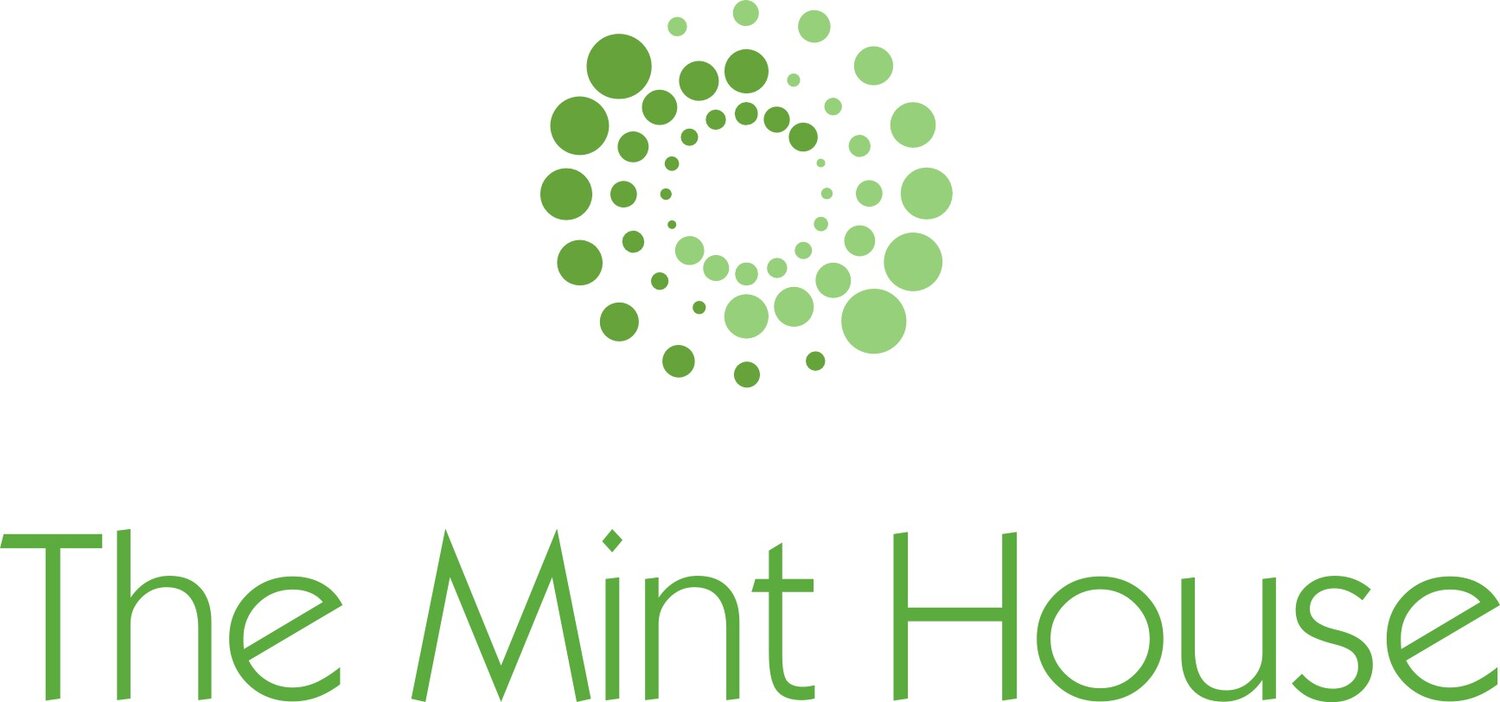by Rosie Chadwick
It’s becoming commonplace to say that our public services are broken. An event late last week where the focus was on special educational needs and disabilities brought home vividly what ‘broken services’ mean in practice for families desperate for help and those looking to provide this – realities further underlined by today’s National Audit Office report.[1]
For families the pressures in the system mean months waiting for assessments; progress slowed by staff vacancies or illness; children denied education through absence or exclusion; and what feels like a constant battle for support played out in a growing number of appeals tribunals.[2] For overstretched staff it means frustration at not feeling able to respond as they would like; being faced with Education, Health and Care plans that are undeliverable because schools can’t afford enough support assistants; and the stress of encountering exasperated families who come to meetings anxious and angry, ready to fight for their entitlements. If ever there was a recipe for conflict, this is it.
What also came across from the event was that restorative practice, with its focus on relationship building, deep listening, understanding underlying needs and working with people to find solutions, can be an important part of our services ‘repair kit.’ Participants talked about how restorative approaches can ensure families feel heard, create safe spaces for difficult conversations, enable ‘radical honesty’ about what’s achievable and help agree ways forward that everyone’s signed up to. Examples were given of plans that fell short of what had been ‘mandated’ but in practice worked better for the young person concerned.
Of course this is not a ‘magic bullet’ but restorative practice can play a part in taking the heat out of an over-heated system. It’s encouraging to see others advocating for relational practice (of which restorative practice is an example) as an important aspect of service transformation.[3] Here’s to working together to share this vision and help put it into practice!

